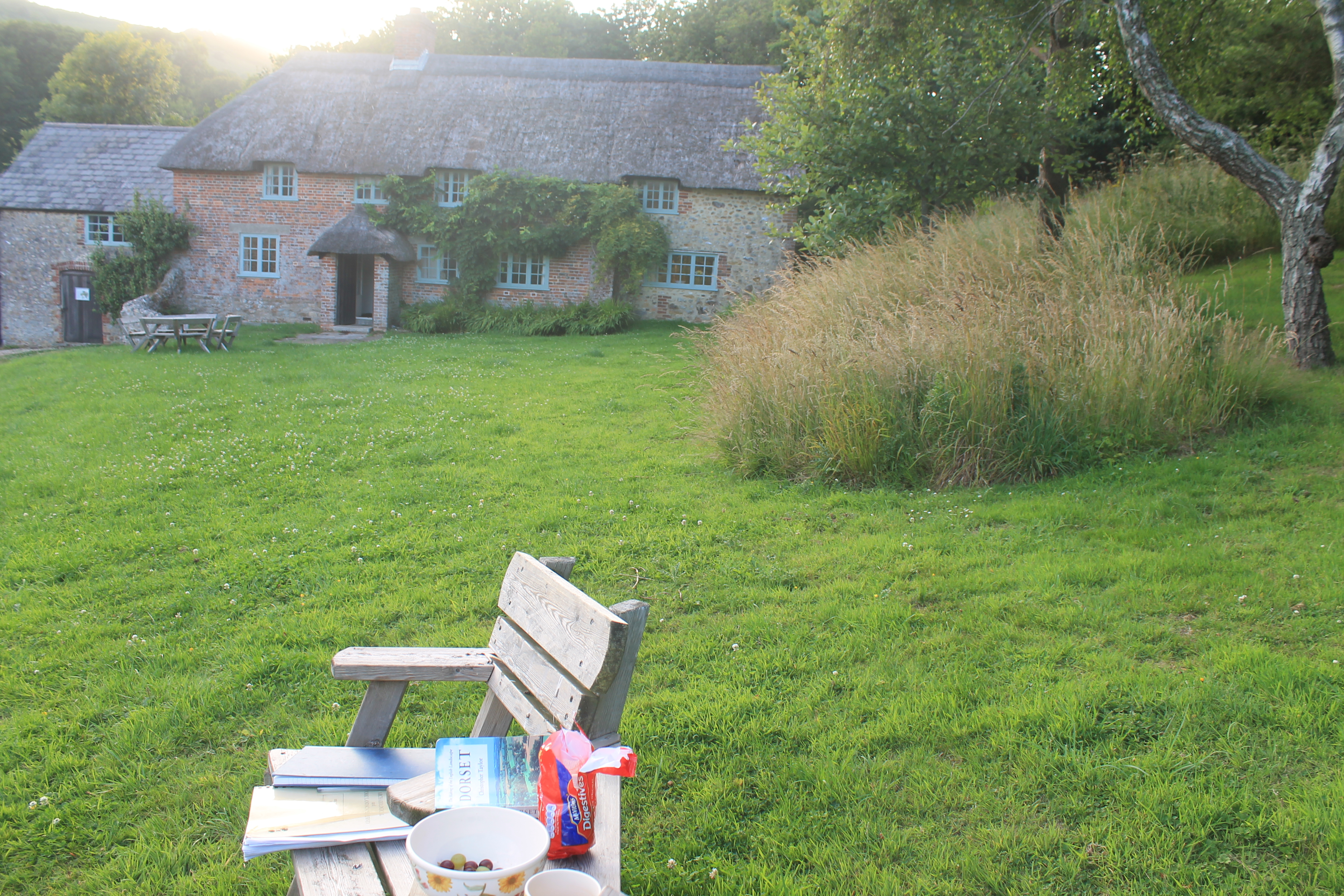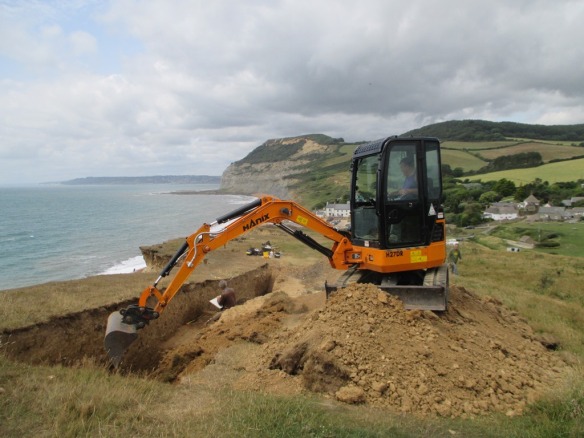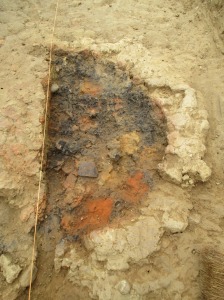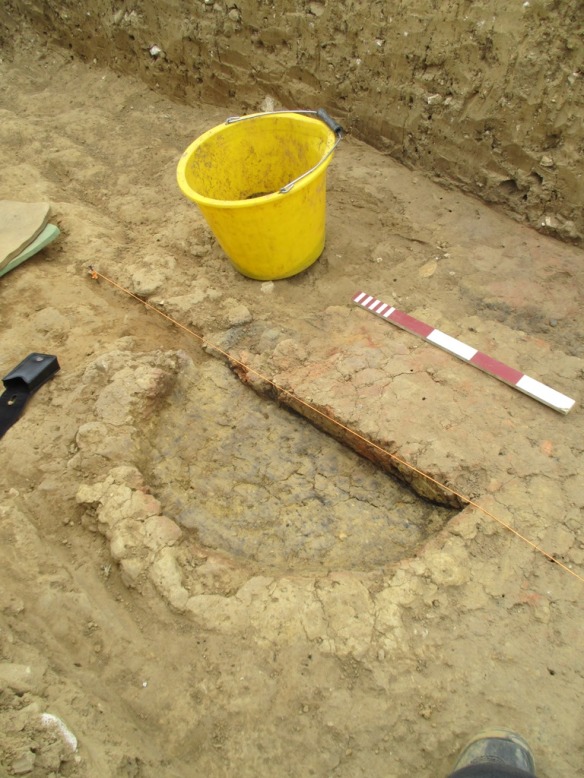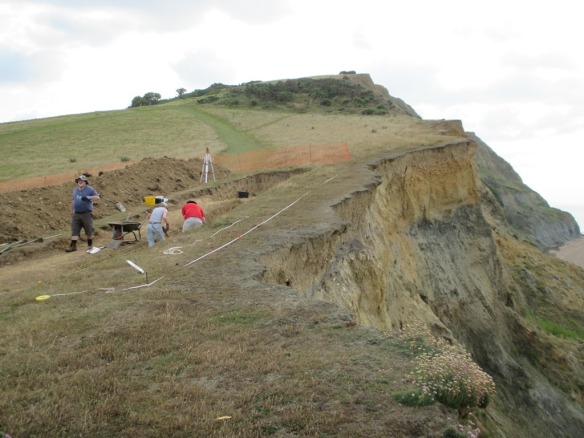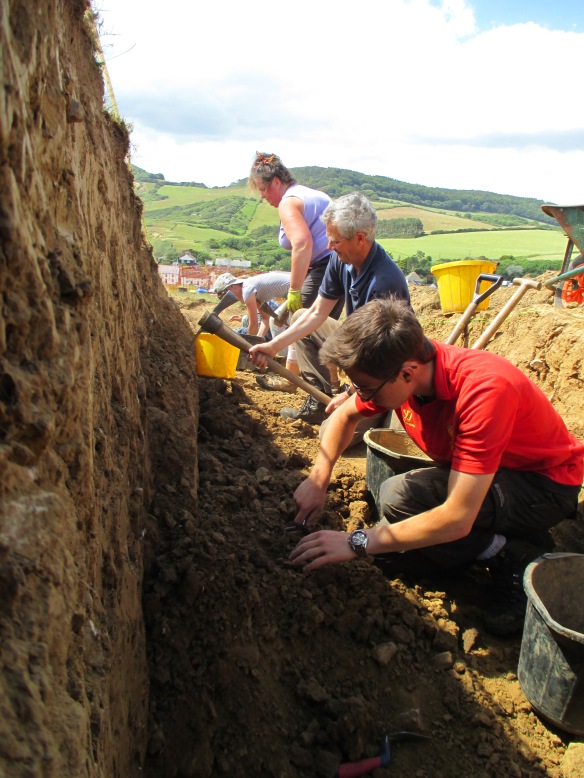This story goes back to the early days, when Nancy and I were archaeologists employed by the National Trust’s Kingston Lacy and Corfe Castle Estates. Mr Bankes had given his land to the NT just 6 years earlier. It was the winter of 1988-89.
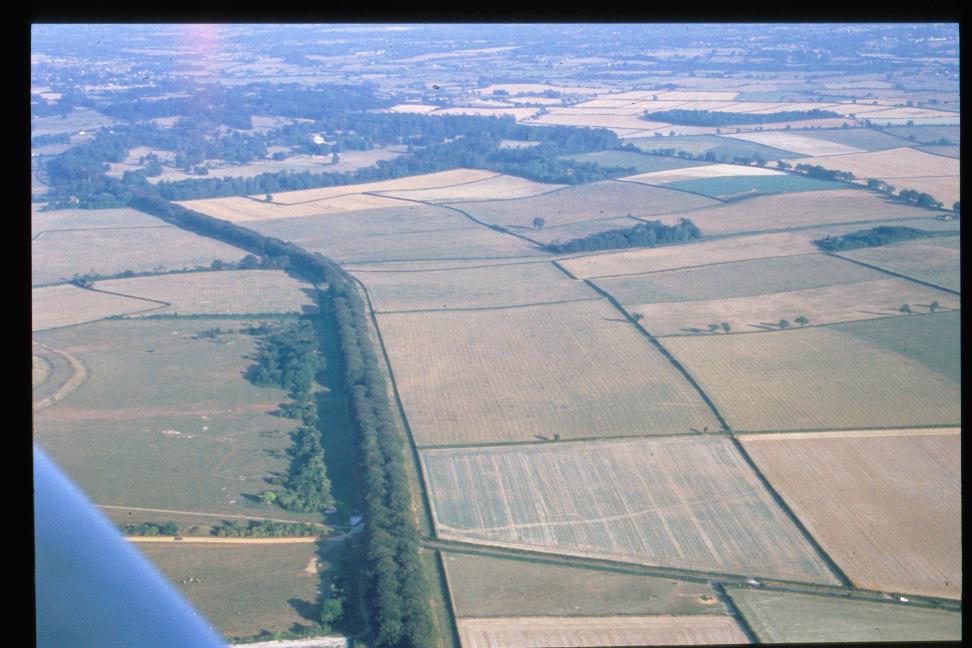
When driving towards Wimborne Minster from Blandford Forum, the boundary of the Kingston Lacy Estate is clear. After the village of Tarrant Keyneston, the road rises from the valley. At the crest of the slope, suddenly, the great beech tree avenue begins. Hundreds of mature graceful trees flank the road all the way to Kingston Lacy Park, a distance of 3km.
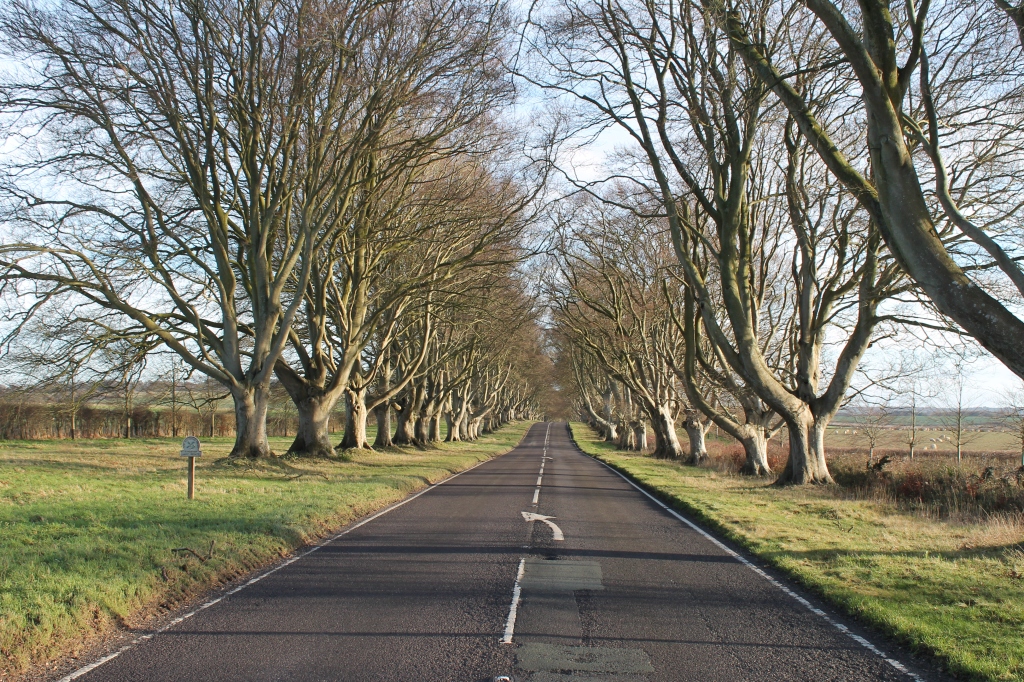
William John Bankes had them planted in 1835 to create a natural gothic arch of beauty. It is said that this was in honour of his mother Frances. The beeches are fabulous any time of year. The sunlight will flicker through October russets.. or perhaps the intense green of May. But now, with the leaves almost gone, the low sun will intensify their silhouettes and their smooth forms will create unique trunk and branch-scapes, a parade of bold pleasing patterns with glimpses of Badbury and the wider Estate farmland beyond..
On one side of the road, 365 trees … one for each day in a usual year. On the other side 366..an extra tree for leap years. All nicely aligned and regularly spaced but each using its 185 years of life to grow into its own unique natural form.
The storm of October 1987 hit the avenue badly, blew over many of William John’s trees and though most survived, many were shaken to their roots and became unstable. Many more were affected in 1990. The storms reminded the National Trust that the avenue would not live for ever. A long term plan was needed. And so it was decided that a second avenue would be planted on either side of the 1835 trees.

In the Hillbutts Kingston Lacy Estate Office, I was shown the plans and compared the proposed tree plantings with ancient features visible on aerial photographs. The trees that had fallen in 1987 had torn up chunks of archaeology in their roots, and the planting of new trees would also destroy archaeological information. This would take place gradually as their developing roots infiltrated and disrupted the buried stratigraphic layers of information below the ground.
We plotted the known archaeological sites where they lay in the path of the proposed new planting and persuaded the Estate to allow us to dig where the trees would go.
At the west end of the avenue, there was a good opportunity to take two Bronze Age round barrows out of arable cultivation to preserve them under grass. Good conservation practice that would protect these burial mounds far into the future. It meant that there would be a short gap on the south side of the avenue, but the managers agreed to this because these mounds were scheduled monuments of national importance.
One of the barrows might be the famous Badbury Barrow where Rev Austen found many burials and a stone.. carved with daggers (see blog Badbury Barrow and Rock Art 26th August 2018).
This was our winter of 88-89, working along the beech avenue investigating the archaeological lines seen on aerial photos where the trees would go. Usually there were three of us, me, Nancy and Rob…and the Estate let us have an old white caravan to shelter in for tea breaks and store the tools.
We began at the west end with a 60m diameter ring ditch beside the Swan Way trackway. This was part of the group which included the two we had removed from arable.

A JCB stripped the ploughsoil as we watched. It turned out that everything had been scoured down to the bedrock and there were furrows cut into the chalk as though a steam plough had been used to subsoil the interior of the site. However, the 1.25m deep ring ditch was still filled with Bronze Age archaeology. It measured 4.2m wide at the surface and narrowed to 1.7m wide at the bottom. Its flat bottomed ditch was once the quarry around a now lost burial mound. Debris from funerary deposits formed part of the filling, including a human hip bone and fragments of a c.3,000 year old Deveral Rimbury barrel urn…..At a deeper level were clusters of flint flakes that fitted together. We imagined someone in the Bronze Age, sheltered in the hollow of the silted ditch, making tools out of chunks of stone..
In January, our caravan was moved east to the grassland south of Badbury. Here, we started to look at a large ditch which had been part excavated in 1965. At that time, there was a bank beside it, they found a 1st century ballista bolt under its eroded edge…but after the dig, the whole thing was bulldozed flat. We found the caterpillar tracks of the earthmoving machinery etched onto the chalk bedrock…and old tin cans which once held evaporated milk… from the excavation tea breaks… tossed into the backfill.

Below this, thousands of years of silting, with sherds of c. 3,700 year old Middle Bronze Age pottery found over 2m down in the lower silts. This was a huge construction, a sharp ‘V’ shape over 4m wide and 3.2m deep. The air photographs showed it crossing under the line of the Blandford Road, running south for 1.5km to the edge of Shapwick village and then turning abruptly west and continuing across the Estate. The bank had been on the east side of the ditch and an earthwork of this scale was surely a fortification against some unknown and forgotten Bronze Age threat in the direction of Blandford. We discussed it over tea in the caravan … alongside politics, philosophy and religion.. but came to no agreement.
The weather was kind to us and from time to time visitors came to help and asked how we were getting on.
Angus, the farmer, had noticed patterns after ploughing and took us out to show his discoveries. Here were the clear soil marks of ancient stock enclosures that had emerged that winter in his fields. We walked across the ploughsoil and picked up Roman pottery.

David, the Kingston Lacy warden showed us where he had found a Late Bronze Age palstave axe in a drainage trench beside our excavation. He introduced us to a man with a model plane with a camera fixed to it and we welcomed his offer of flying the Estate. His photos of the soil marks are some of the best we have.
We came across no other bronze metalwork but instead found a ring of posts-holes with Bronze Age pottery in the fillings. The remains of a timber framed round house complete with a porch. Its intercutting post-holes showed that it had been repaired more than once….as the timber uprights rotted and needed replacement.

Seeing how they secured the house uprights with flint nodules rammed into the post-holes against the timber… we copied our ancient ancestors to create a stile over the fence for easy access to our caravan.
Further east… and the A-team turned up for the day. My Sunday School class, who were already veterans after two expeditions to the digs at Corfe Castle. They tackled a shallow scooped profile ditch which had the root holes from an ancient hedge beside it. The filling contained Romano-British pottery. We found three ditches like this as well as the side ditch of the Roman road to Dorchester.

Our last finds were two small ‘V’ shaped ditches which contained earlier pottery. We had found a similar ditch when we dug across Kingston Lacy’s amphitheatre the previous year (see blog ‘Kingston Lacy’s Roman Amphitheatre’ 15th February 2014). These ditches are part of the ‘celtic field system’ dating back to the Bronze Age and still visible as white ghost lines on aerial photographs after ploughing.
We had expected snow, wind and torrential rain but December to February that year had been good to us. We felt sad to load up the tools and say goodbye to the old white caravan.

Since then, I have driven along Kingston Lacy’s beech avenues many many times times and seen the new trees growing and the old trees becoming a little fewer year by year. I rarely need to stop.. but in March I went back to the gap for the barrows beside the Swan Way. It was a meeting with Bournemouth University to plan for geophysical survey and a new research project to locate the Badbury Barrow.

It was strange to be back. I placed my hand on the trunk of one of the trees.. now over 30 years old. They’re growing well…back then they were saplings, with stems less than a wrist thick… but now they are grown over 30cm across. They are well established now… all set for the 22nd century.

Trees are planted for the future… and… as I consoled myself…even William John, never expected to see his great avenue achieve its full glory.






